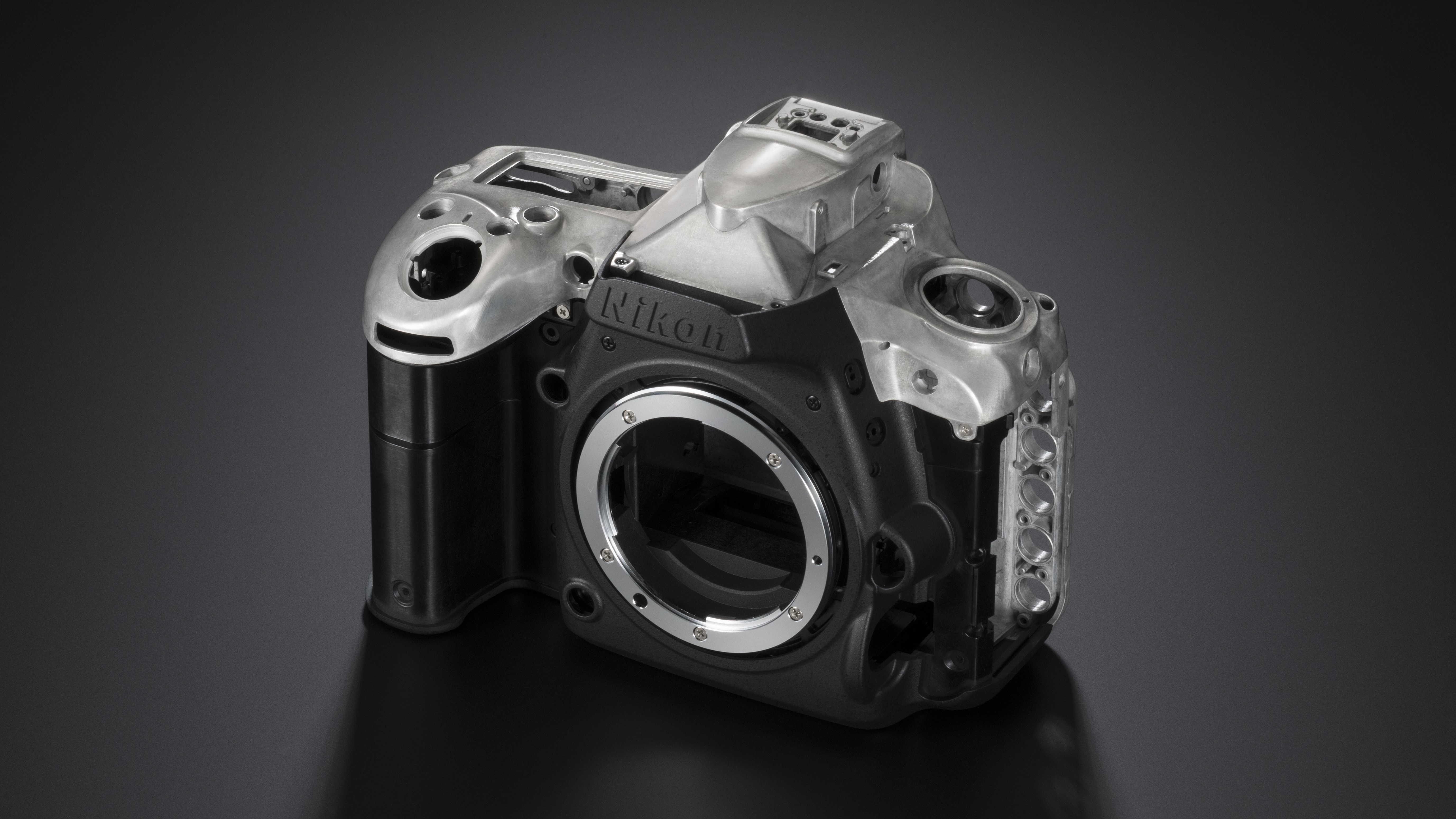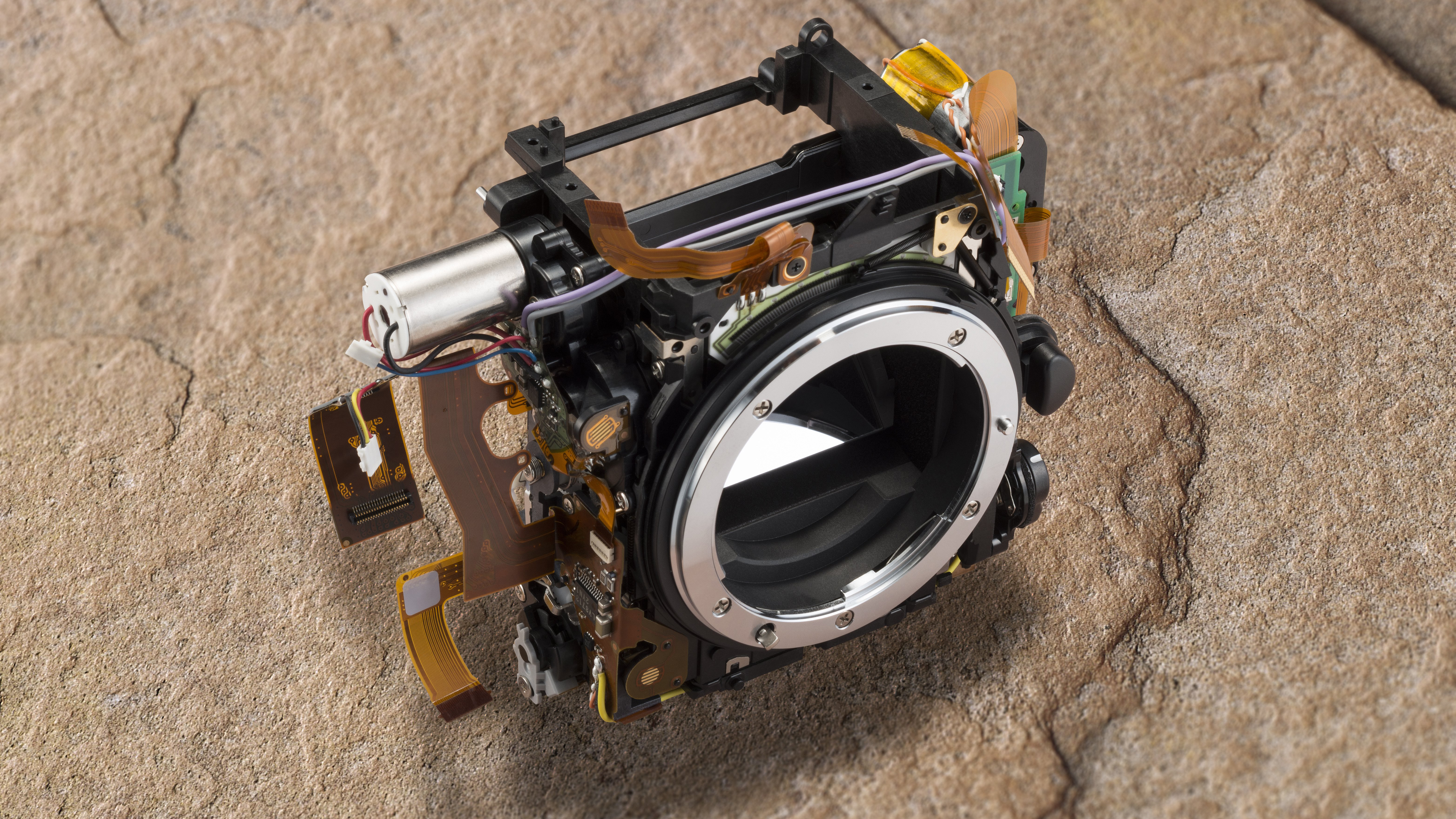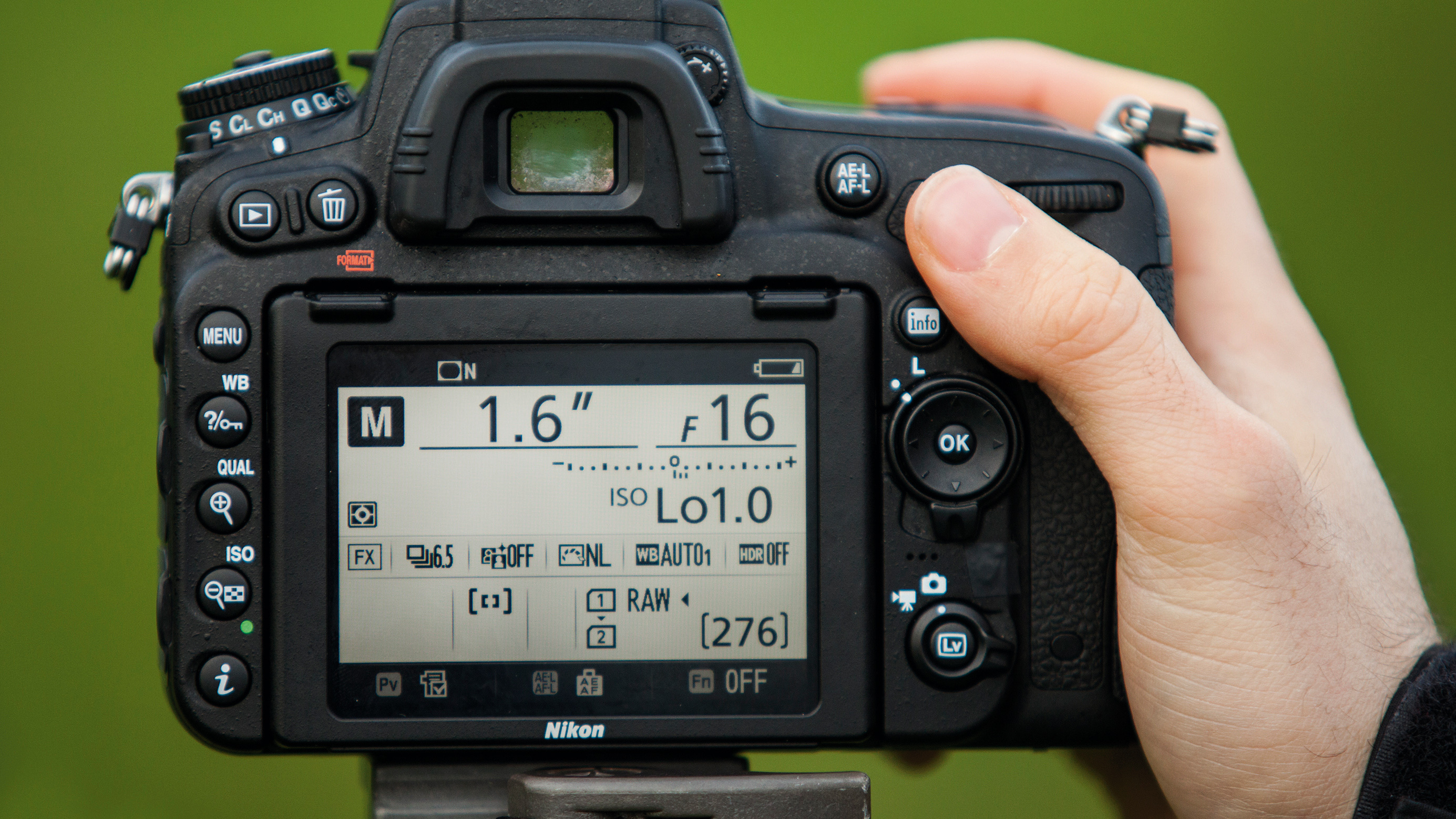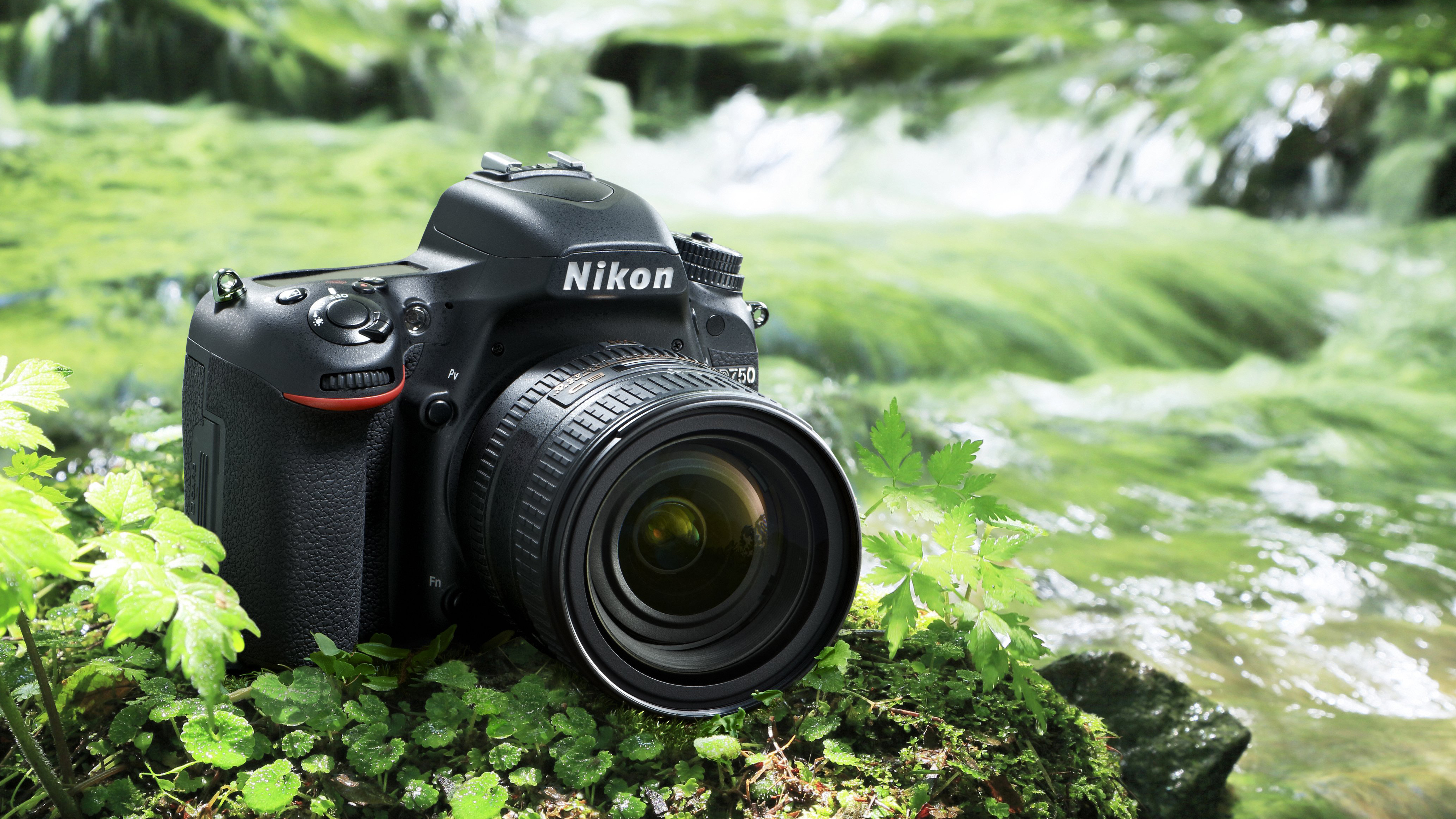Why you can trust TechRadar
Build and handling
- Magnesium alloy and carbon fibre construction
- Dust and weather-sealed
- Weighs 840g
Nikon has used a monocoque construction for the D750 and by using a combination of magnesium alloy and carbon fibre has given it a good solid feel without excessive weight. The camera feels comfortable in the hand and has enough weight to make it feel durable without being too heavy for long shoots. It's reassuring to know that the camera has the same degree of weatherproofing as the D810.
Inside, there's a Kevlar/carbon fiber-composite shutter, which has been tested to 150,000 cycles. The mirror and shutter movements have a slightly dampened sound; it's not quite the same sound as the D810, but it's about the same volume. The D810 and D750 are far more discreet than the D800.


Control and design-wise the D750 looks almost exactly the same as the D610. There's a mode dial on the left of the top-plate that has the addition of 'Effects' for accessing the Special Effects modes. As on the D610, this dial has a lock button that needs to be pressed to allow it to be rotated (a lock that can be clicked on and off would be preferable and less fiddly to use, though).
On the back of the camera, the control layout is very similar to the D610's, but the Info button is to the side of the thumb-rest rather than towards the bottom of the camera; meanwhile, the Live View button and switch are lower down in the space created by moving the Info button. The function of a couple of the buttons to the left of the LCD screen has also changed in comparison with the D610, since the bottom one is now an 'i' for information control.
When the 'i' button is pressed a list of features appears, as on other recent Nikon SLRs. However, they are now arranged in a list rather than a grid. Unfortunately, there are still a couple of oddly placed customisation options (for example Assign Fn button and Assign preview button) in this list. I can't understand why these are in a quick access-type menu instead of being restricted to the main menu – customisation is usually a once-only action.
It also seems strange that Nikon couples the 'i' button with an 'Info' button. Pressing the 'Info' button reveals the camera's key settings and it would seem logical to make this interactive so it becomes a route for making adjustments. This would leave the 'i' button free for some other purpose.

Like the D810, the depth of field preview and function (Fn) buttons on the front of the D750 can be set to act as aperture adjusters in order to enable silent changes to be made to aperture while shooting video. However, I found it helpful to set the Fn button to activate the electronic level in the viewfinder to help ensure horizons are straight.
Sign up for breaking news, reviews, opinion, top tech deals, and more.
Naturally, as the D750 is an SLR, there's also an optical viewfinder for composing images. This isn't the brightest that I've used, but it's still pretty good and it covers 100% of the field of view so there shouldn't be any nasty surprises around the edges of the frame. If time and subject permits, however, I recommend using Live View when focusing manually.
In summary, the controls on the D750 are generally logically arranged and within easy reach, but Nikon could do with applying a little more thought to the use of the 'i' and 'Info' controls. It also seems that video is finally finding a more comfortable position within a stills camera.
Autofocus
- 51-point AF, 15 cross-type AF points
- 11 cross-type AF points at f/8
- Group Area AF mode
Nikon has given the D750 a new Multi-CAM 3500 II autofocus (AF) module, an updated version of the one in the D810. This has 51 AF points, 15 of which are the more sensitive cross-type and 11 that operate down to f/8, which is especially useful for photographers who want to use an extender with their telephoto lenses. As in the D810, the new Group Area AF mode is available to help when shooting subjects that are comparatively small and against a high-contrast or distracting background.
The AF performs superbly when matched with a decent lens. When using a Nikkor 70-200mm f/2.8, for example, it gets subjects sharp incredibly quickly and is capable of tracking the subject around the frame when the appropriate mode is selected. The fact that it's sensitive down to -3EV means that it's also useful in low-light conditions and in many situations it still manages to latch onto subjects quickly.
Current page: Build, handling and AF
Prev Page Introduction and key features Next Page Performance and image quality
Phil Hall is an experienced writer and editor having worked on some of the largest photography magazines in the UK, and now edit the photography channel of TechRadar, the UK's biggest tech website and one of the largest in the world. He has also worked on numerous commercial projects, including working with manufacturers like Nikon and Fujifilm on bespoke printed and online camera guides, as well as writing technique blogs and copy for the John Lewis Technology guide.
